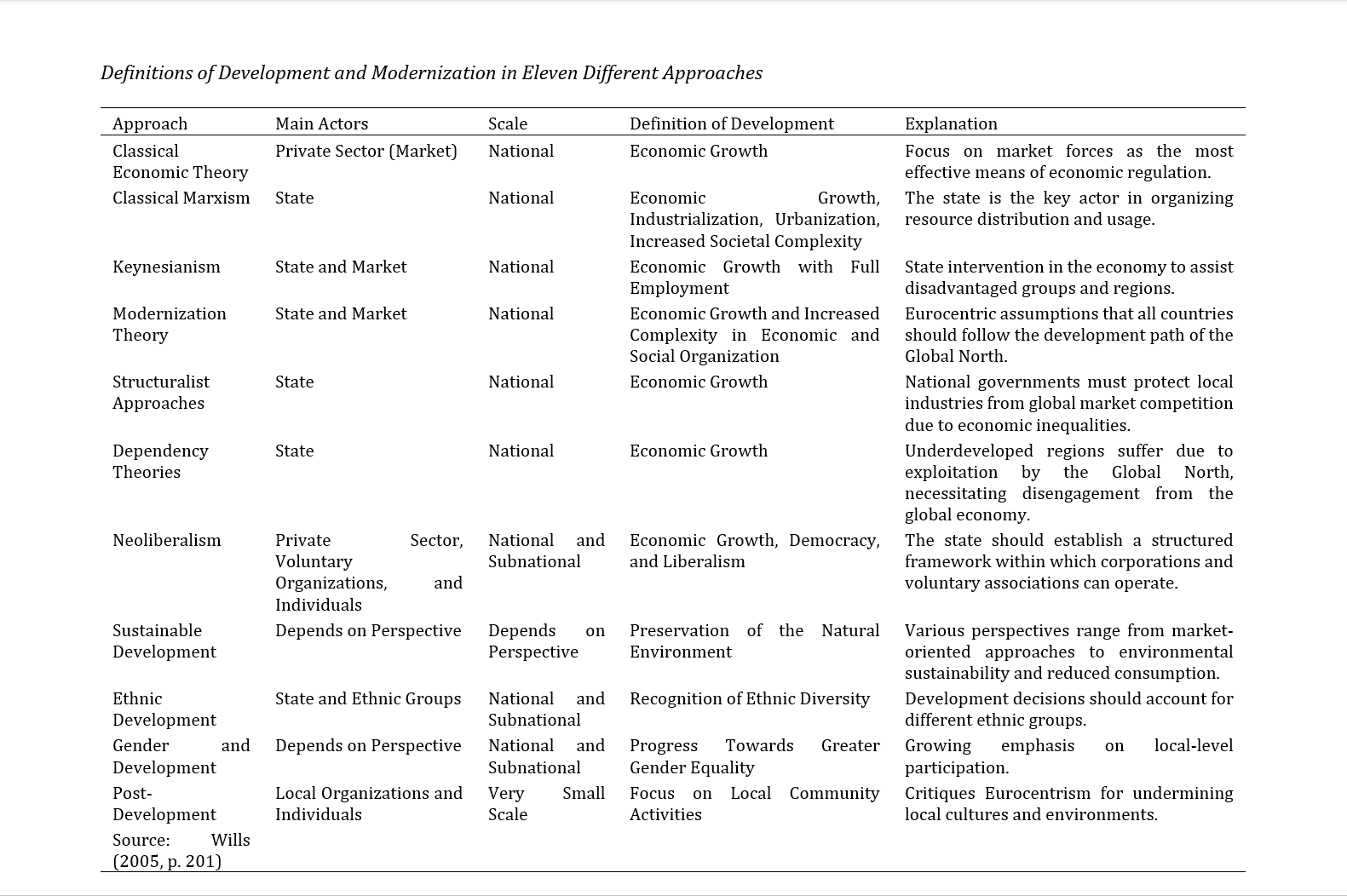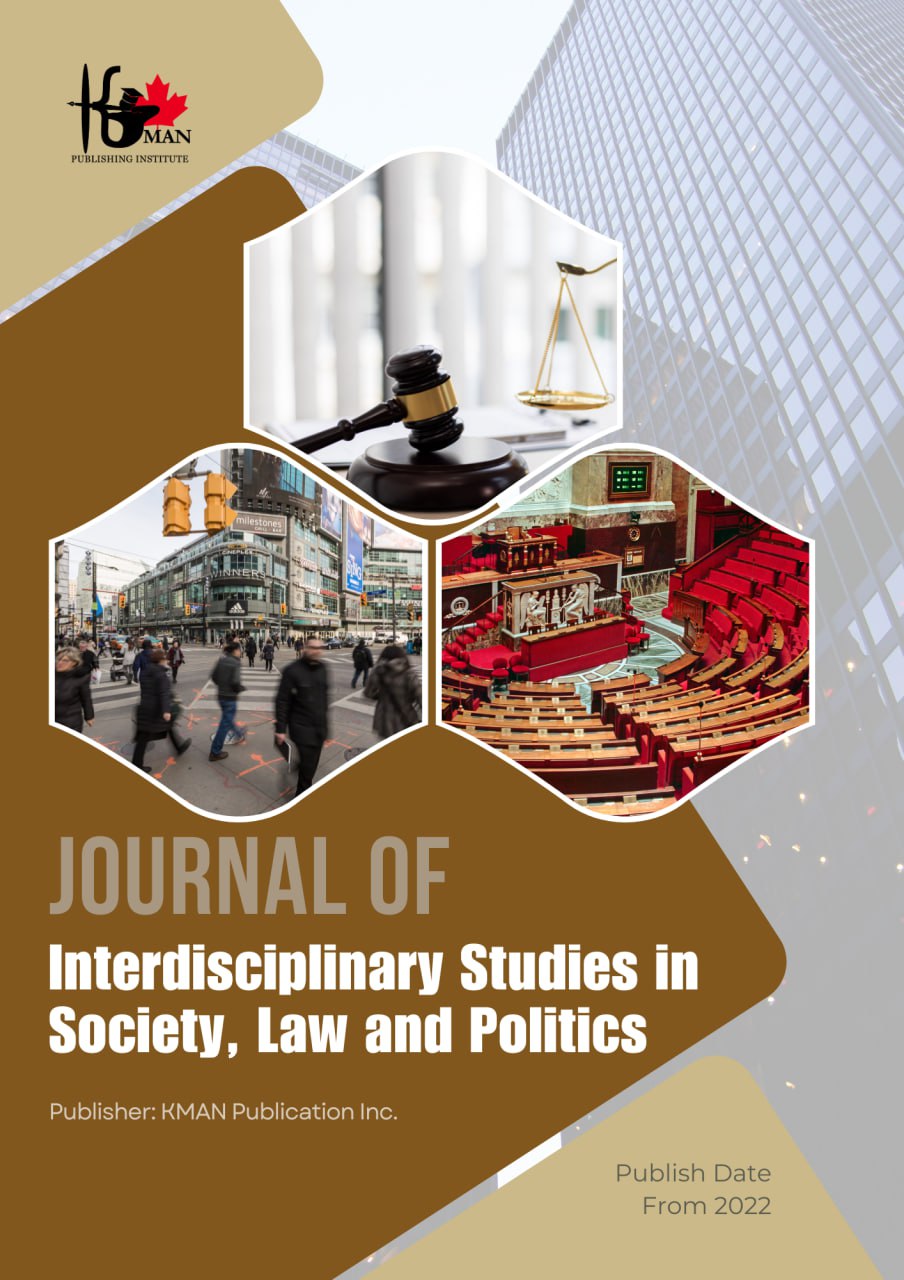Socio-Economic Transformations in Iran and India (1857–1904) in Alignment with the Modernization Project
Keywords:
Socio-economic transformations, modernization, India, IranAbstract
The primary objective of the present article is to examine the socio-economic transformations in Iran and India from 1857 to 1904 in alignment with the theory or project of modernization. The author investigates whether the trajectory of socio-economic transformations in Iran and India during the second half of the 18th century was a path toward modernization. In response to this question, the hypothesis proposed suggests that the transformations in India and Iran indicate that India, influenced by governmental approaches, exhibited a greater inclination toward a modernizing transition—such as the establishment of universities, railways, and other infrastructure—compared to Iran. This hypothesis considers intervening factors that either facilitated or hindered transformations, such as the role of the state and reference groups, as dependent variables influenced by differing dynamics in Iran and India. The author's analysis reveals that modernization efforts were undertaken in both Iran and India. However, in Iran, these changes were short-lived, whereas in colonial India, modernization initiatives—such as the construction of a nationwide railway system, extensive irrigation canals, and the establishment of universities—were integrated into global modernization trends. In contrast, in Iran, the changes did not endure and were largely limited to newspaper publications and the establishment of a few schools. It appears that several factors contributed to either the advancement or stagnation of modernization in ostensibly independent Iran, with the state's structure and function, as well as the role of reference groups, playing a central role. In India, the British Viceroyalty governed, and while intellectuals resisted the colonial regime, they simultaneously supported its civilizational approach. In contrast, in Iran, progress remained largely framed within a traditionalist paradigm.
Downloads






